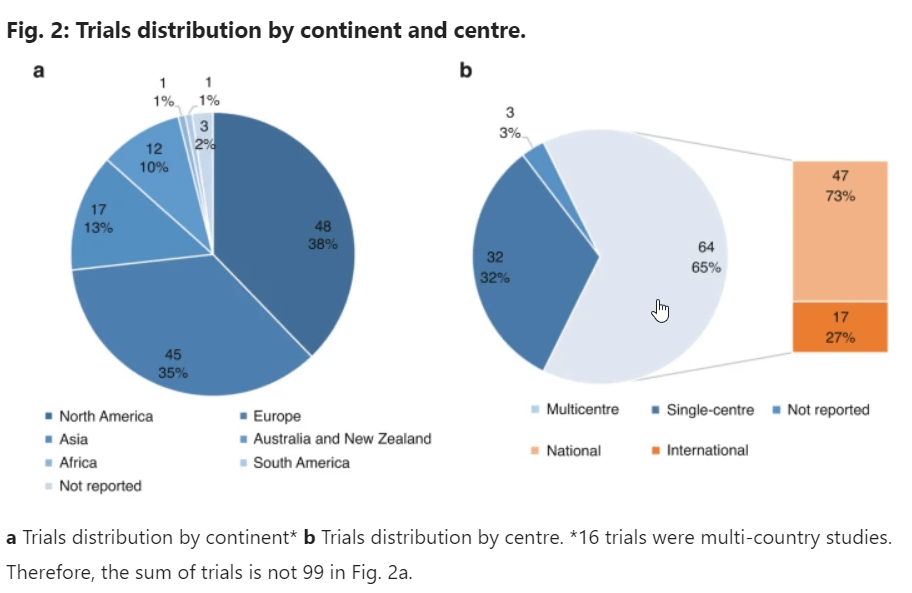Pediatric Research published a new systematic review on clinical trials elaborated by Kathrin Guerlich, Bernadeta Patro-Golab, Paulina Dworakowski, Alan G. Fraser, Michael Kammermeier, Tom Melvin & Berthold Koletzko.

Image by DCStudio on FreepickMeeting increased regulatory requirements for clinical evaluation of medical devices marketed in Europe in accordance with the Medical Device Regulation (EU 2017/745) is challenging, particularly for high-risk devices used in children.
Within the CORE-MD project, the authors performed a scoping review on evidence from clinical trials investigating high-risk paediatric medical devices used in paediatric cardiology, diabetology, orthopaedics and surgery, in patients aged 0–21 years. They searched Medline and Embase from 1st January 2017 to 9th November 2022.
RESULTS: From 1692 records screened, 99 trials were included.
90% of the included studies were conducted in countries of very high Human Development Index (HDI), mainly in North America (38%) and Europe (35%). 65% of the studies were multicentre. Of those, 73% trials were conducted within one country and 27% enrolled participants from different countries. Distributions of the trials across continents and by centre are shown in Fig. 2a, b.

Most multicentres had enrolled adolescents and 39% of trials included both children and adults. Randomized controlled trials accounted for 38% of the sample. Other frequently used designs were before-after studies (21%) and crossover trials (20%). Included trials were mainly small, with a sample size <100 participants in 64% of the studies. Most frequently assessed outcomes were efficacy and effectiveness as well as safety.
CONCLUSION: Within the assessed sample, clinical trials on high-risk medical devices in children were of various designs, often lacked a concurrent control group, and recruited few infants and young children.


